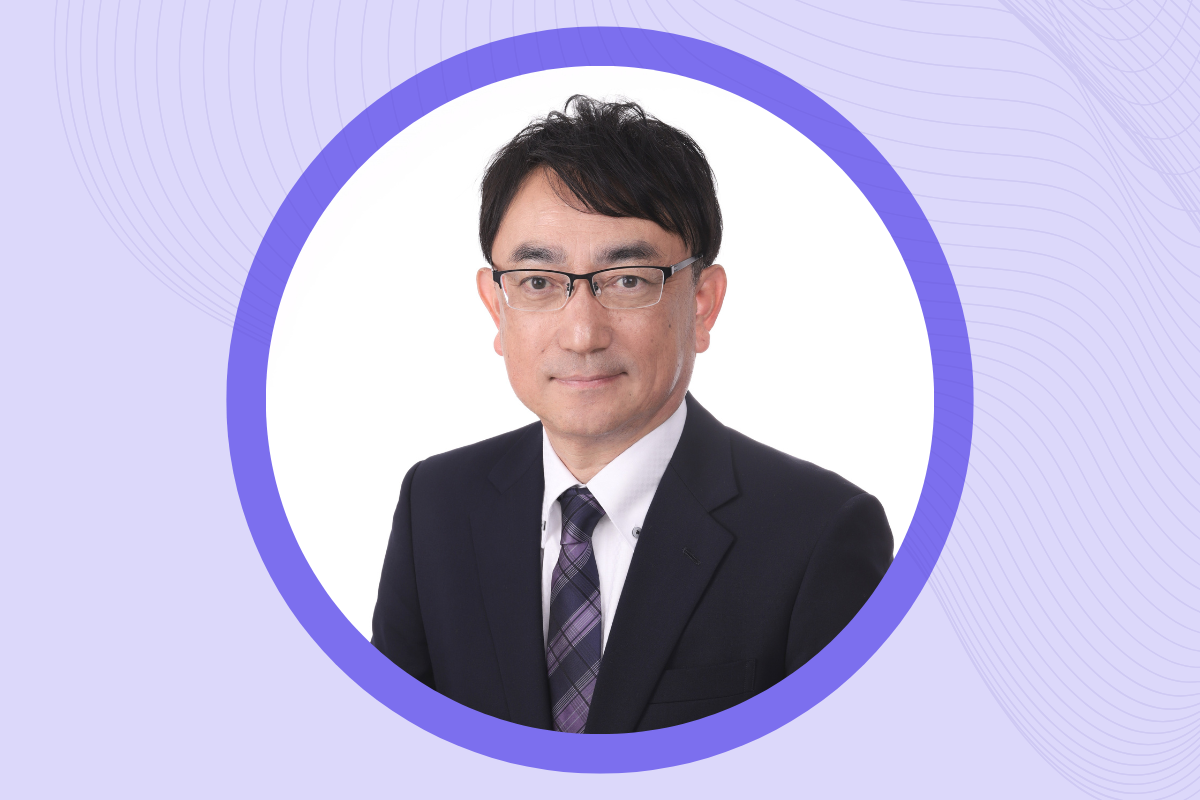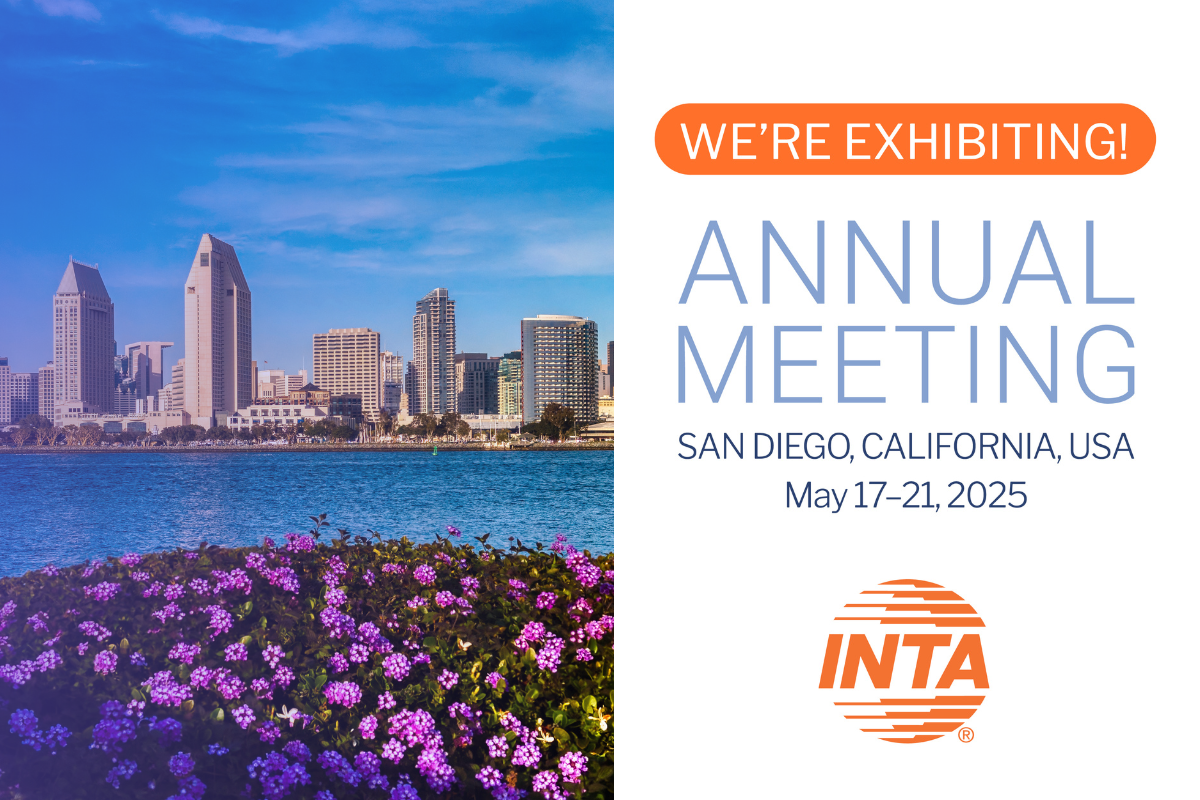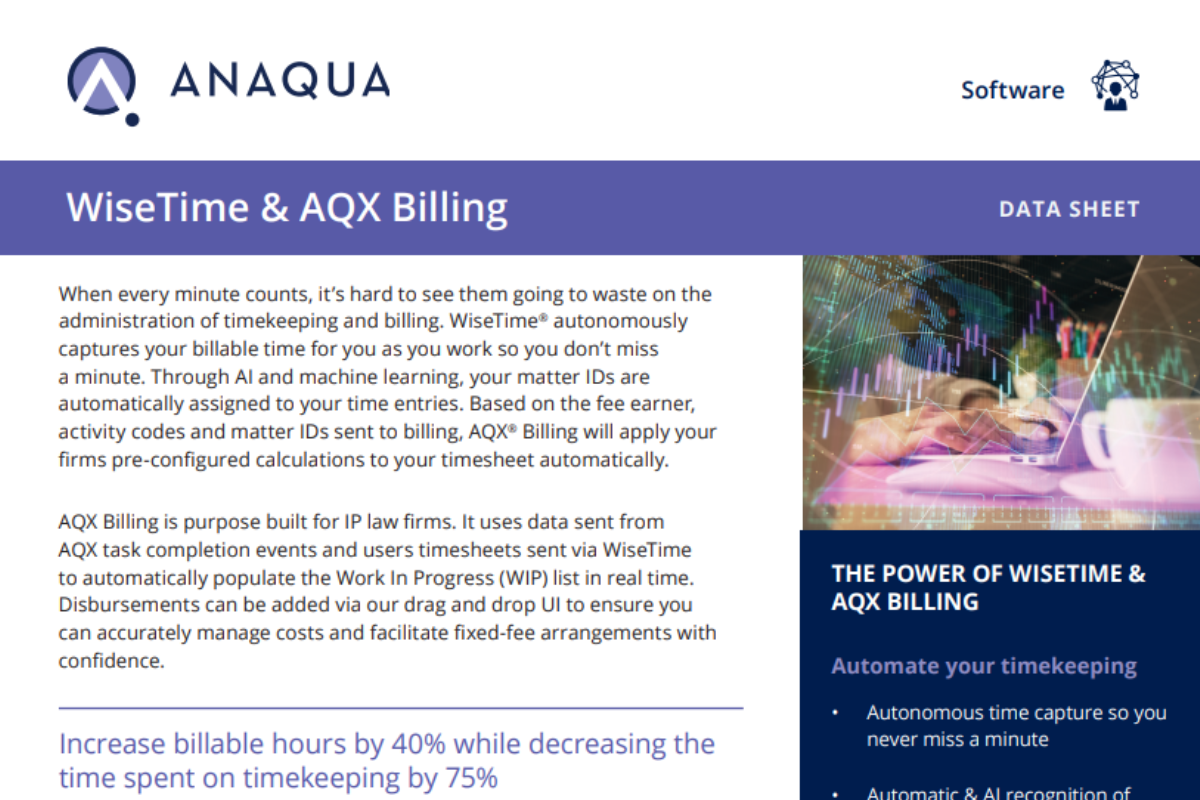TRANSCRIPTION
Nielsen is a market research market, consumer behavior measurement company. It measures what you watch, what you buy. 40,000 to 50,000 employees, and we’re in 110 countries worldwide and growing. Innovation is one tenant of one cultural goal that the company has, and over time we’ve been stoking that, making sure that as we innovate more, we also protect those innovations. To be able to do that, given the small team that we have, you need a scalable platform, and Anaqua provides that.
We identified the choice to go with Anaqua at the end of 2008 after benchmarking about ten different companies. We basically selected Anaqua because of it’s front end to the inventor community. The invention module in particular was compelling to us. That allowed us to have access potentially to the 40,000 employees that we have. We would use that as a means to capture all their inventions, and make it a requirement to submit inventions through Anaqua. On the other end of it, reporting, it had better reporting capability than any other platform.
What Anaqua has enabled us to do, one is to track all invention activity, which prior to Anaqua, we didn’t even track invention disclosures, so we had no way of knowing, given the percentage of ideas that come to us for patenting, we had no idea how many they were, how much that translated to patent findings. The system ultimately has given us, as the core center of our activity, as we feed it more and more supporting information, we are now capable of going in and reviewing cases, and deciding what cases merit continuing with, and which to cull.
With respect to the inventor experience, Anaqua has improved that quite dramatically. When I first joined Nielsen, inventors were actually being informed about the issuance of a patent before the IP team could. They were getting solicitations from patent plaque companies and so forth, which is fairly embarrassing, and we continue to feel a bit behind the ball, because that’s the very least that we could do, is let them know when a patent grants, that’s the most important thing.
Anaqua facilitates not only that, but every step along the way from the time that they submit, and it’s accepted for evaluation to the time that it’s approved or not, when it’s filed, to when it grants. The inventors receive email updates generated by the system. Doesn’t require any intervention on our part, so that’s a great way for the inventors to be kept up to date on their progress in terms of the patent process on any given case. We also have access, should they choose, to go in and check out their own stuff through the Anaqua interface. That has got AQX™ Innovation Management
E us ahead of the ball. In addition to that, our inventors are recognized through our inventors at Nielsen patent recognition and reward program. That’s all supported by the data that resides in Anaqua. The system provides us everything that we need on a quarterly basis. We keep all inventors informed, we keep our management informed, their managers about how their teams are doing, and that keeps everybody engaged, and we in fact have groups now that have metrics, have goals.
We’re not holding people accountable necessarily to ensure that they hit a number, but what we want to do I censure that every development project they’re involved in, that they go through the process with us to identify what might be patentable. That’s as much as you can ask.
Our invention intake has grown substantially. It continues to grow. Our conversion rate, because you have to manage to a budget, the system allows us to be able to support deciding what assets are worth investing in. The end result is that since 2009, we’ve ramped our portfolio up, it’s now 6x in the US what it once was pre Anaqua, and our grants rate on an annual basis in the US has gone up 5x.
India, Malaysia, Japan, these are places where in fact we really haven’t had an outreach program. The system has provided us a means by which an inventor anywhere globally can submitted. Quality is important, and the system’s also allowing us a means by which we can review the assets throughout the process and decide what to continue investing in, and to decide what assets are no longer relevant to the company that we can and reinvest that money.
From a cost standpoint, the sooner you identify things that are wasteful the better, and so to whatever extent a system like Anaqua provides us a means to make the best decisions we can make earlier. The sooner you do that, the more you save throughout the whole thing, because the cost associated with patenting just kind of build, like pile-up. You might have a certain budget, but the cue of pending assets is just an expense that’s on the meter, and it’s accelerating, because the patent office is accelerating off how quickly they review patents. They’re getting rid of the backlog, and that cycle is churning faster and faster, so the expenses are increasing, which means that we need an efficient means to go in there and review assets faster to decide, you know, are they worth continuing to invest in, or do we kill them and manage to that, and re deploy that money.
What Anaqua has provided us in terms of spend management is having more visibility into the entire process. That information is there so that we can analyze it and decide what sort of spend we’ve made on a particular case, so that we can use that as a basis to prune and decide what kind of cost savings we would affect once we make decisions on whether or not to maintain or drop.
Further Reading



